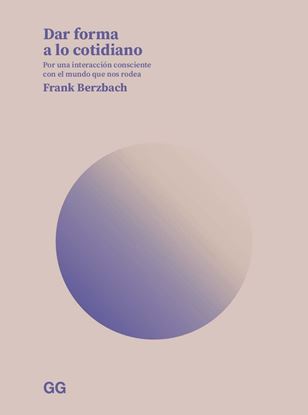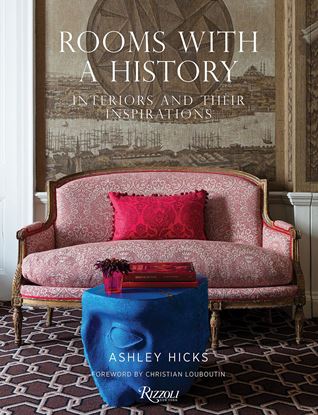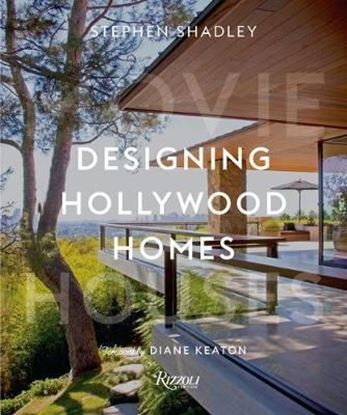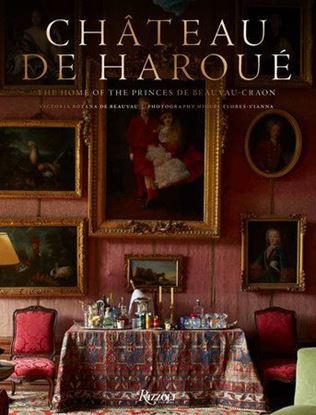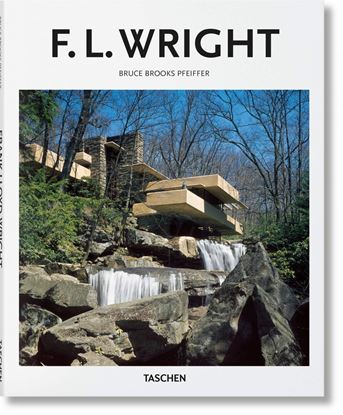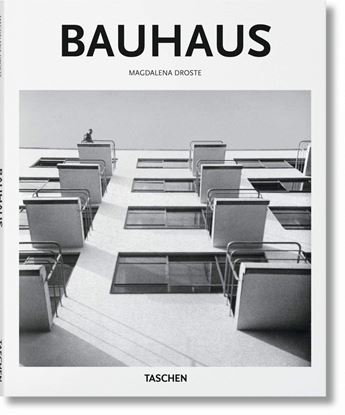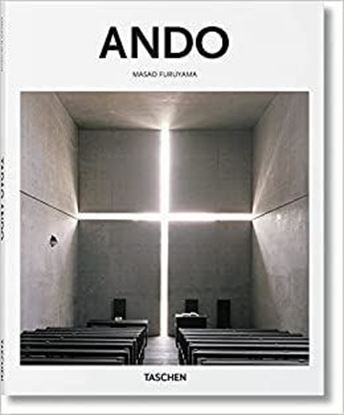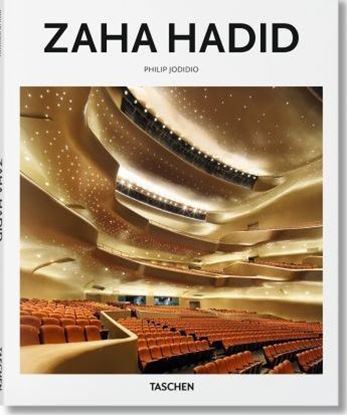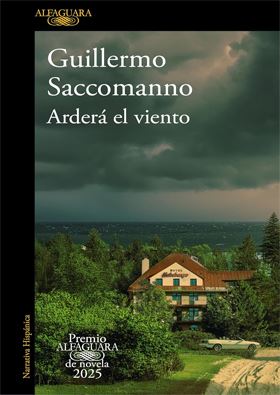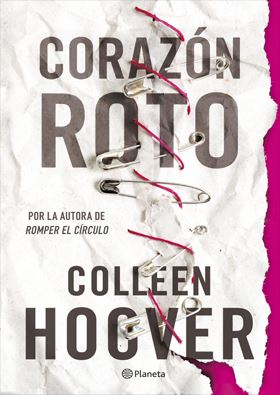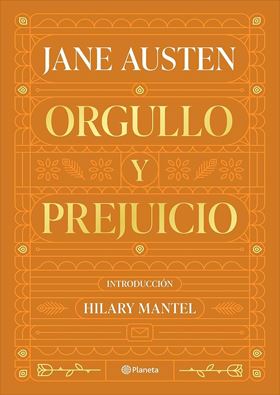

DAR FORMA A LO COTIDIANO
“Las cuestiones de la conciencia de la forma, la belleza y la armonía no me interesan tanto a nivel abstracto como en la medida que afectan a la vida cotidiana y en relación con el arte de vivir. La vida cotidiana, si nos fijamos en las teorías orientales del arte, es un aspecto central del camino del artista.” Como en el arte o en el diseño, carecer de forma implica dispersión y pérdida de referencias, quedar expuesto a los fenómenos externos sin ritmo ni control. Dar forma a lo cotidiano es una invitación a poner en valor nuestra realidad tangible y manejable, a trabajar la atención plena sobre las cuestiones básicas que rigen nuestra cotidianidad ―la alimentación, el amor, los medios de comunicación, la vestimenta y nuestras posesiones― y conectar con ellas de forma consciente, limitando sus contornos y encontrando su lugar en la red que conforma nuestro fundamento vital.
1,550
DESIGNING HOLLYWOOD HOMES
Designer extraordinaire Stephen Shadley began his working life as a scenic artist at 20th Century Fox. Throughout a celebrated career (landing a coveted spot on the AD100), his work has been marked continually by the glamour of Hollywood as well as by a kind of visual storytelling that is richly informed by the world of the movie screen and by the artifice and allure of film s great cinematographers. Notable for their expression of an exquisite sense of style, his designed homes including the interiors for a classic Beverly Hills abode for Diane Keaton, an apartment for Robert Altman in the legendary Pythian building on New York s Upper West Side, as well as a luxurious contemporary home for Jennifer Aniston are all expressions of a masterful sense of scale and an appreciation for understated beauty and refined materials that are ultimately warm, inviting, and serene. The book features numerous beautifully designed homes of Hollywood royalty, primarily in Southern California, though with notable projects in New York and beyond, as well as three greenrooms, which Shadley designed for the Oscars and the Emmy Awards.
1,500
CHATEAU DE HAROUE
A dazzling tour of Château de Haroué, the epitome of opulent French style and one of today’s must-see examples of vibrant eighteenth-century architecture and design.
Located in a remote village in the Lorraine region of northeastern France, the estate of Château de Haroué is an unrivaled treasure of Gallic culture and heritage. Built between 1720 and 1729 for Marc de Beauvau, Prince de Beauvau-Craon, constable of Lorraine and viceroy of Tuscany, his descendents have inhabited the castle and kept it going in high style ever since.
1,400
FRANK LLOYD WRIGHT (BA-ART) (ING)
Acclaimed as the “father of skyscrapers,” the quintessentially American icon Frank Lloyd Wright (1867–1959) was an architect of aspiration. He believed in giving cultivated American life its fitting architectural equivalent and applied his idealism to structures across the continent, from suburban homes to churches, offices, skyscrapers, and the celebrated Guggenheim Museum.
Wright’s work is distinguished by its harmony with humanity and its environment, a philosophy he called organic architecture, and which found its paradigm at Fallingwater, a house in rural Pennsylvania, cited by the American Institute of Architects as “the best all-time work of American architecture.” Wright also made a particular mark with his use of industrial materials, and by the simple L or T plan of his Prairie House which became a model for rural architecture across America. Wright was also often involved in many of the interior elements of his buildings, such as the furniture and stained glass, paying particular attention to the balance between individual needs and community activity.
Exploring Wright’s aspirations to augment American society through architecture, this book offers a concise introduction to his at once technological and Romantic response to the practical challenges of middle-class Americans.
1,350
BAUHAUS (BA-ARCH) (GB)
In a fleeting fourteen year period, sandwiched between two world wars, Germany’s Bauhaus school of art and design changed the face of modernity. With utopian ideals for the future, the school developed a pioneering fusion of fine art, craftsmanship, and technology to be applied across painting, sculpture, design, architecture, film, photography, textiles, ceramics, theatre, and installation.
As much an intense personal community as a publicly minded collective, the Bauhaus was first founded by Walter Gropius (1883–1969), and counted Josef and Anni Albers, Wassily Kandinsky, Paul Klee, Oskar Schlemmer, Gunta Stölzl, Marianne Brandt and Ludwig Mies van der Rohe among its members. Between its three successive locations in Weimar, Dessau and Berlin, the school fostered charismatic and creative exchange between teachers and students, all varied in their artistic styles and preferences, but united in their idealism and their interest in a “total” work of art across different practices and media.
1,350
ANDO (BA-ARCH) (GB) (INT)
In this essential TASCHEN introduction to Tadao Ando we explore the hybrid of tradition, modernism, and function that allows his buildings to enchant architects, designers, fashion designers, and beyond. Through key projects including private homes, churches, museums, apartment complexes, and cultural spaces, we explore a uniquely monumental yet comforting aesthetic that draws as much on the calm restraint of Japanese tradition as the compelling modernist vocabularies of Bauhaus and Le Corbusier.
With featured projects in Japan, France, Italy, Spain, and the United States, we see not only Ando’s global reach but also his refined sensitivity for the environs: the play of light through windows, and, in particular, the interaction of buildings with water. From the mesmerizing Church of the Light in Osaka to the luminous Punta della Dogana Contemporary Art Center in Venice, this is a radiant tour through a distinctly contemporary form as much as a timeless appeal of light, elements, and equilibrium.
1,350
NEUTRA (BA-ARCH) (GB)
In the architecture of Richard Neutra (1892–1970), inside and outside find their perfect modernist harmony. As the Californian sun glints off sleek building surfaces, vast glass panel walls allow panoramic views over mountains, gardens, palm trees, and pools.
Neutra moved to the United States from his native Vienna in 1923 and settled in Los Angeles. He displayed his affinity with architectural settings early on with the Lovell House, set on a landscaped hill with views of the Pacific Ocean and Santa Monica Mountains. Later projects such as the Kaufmann House and Nesbitt House would continue this blend of art, landscape, and living comfort, with Neutra’s clients often receiving detailed questionnaires to define their precise needs.
This richly illustrated architect introduction presents the defining projects of Neutra’s career. As crisp structures nestle amid natural wonders, we celebrate a particularly holistic brand of modernism which incorporated the ragged lines and changing colors of nature as much as the pared down geometries of the International Style.
1,350
HADID (BA-ARCH) (GB)
Zaha Hadid was a revolutionary architect, who for many years built almost nothing, despite winning critical acclaim. Some even said her audacious, futuristic designs were unbuildable.
During the latter years of her life, Hadid’s daring visions became a reality, bringing a unique new architectural language to cities and structures as varied as the Rosenthal Center for Contemporary Art in Cincinnati, hailed by The New York Times as “the most important new building in America since the Cold War”; the MAXXI Museum in Rome; the Guangzhou Opera House in China; and the London 2012 Olympics Aquatics Centre.
At the time of her unexpected death in 2016, Hadid was firmly established among the elite of world architecture, recognized as the first woman to win both the Pritzker Prize for architecture and the RIBA Royal Gold Medal, but above all as a giver of new forms, the first great architect of the noughties.
From her early sharply angled buildings to later more fluid architecture that made floors, ceilings, walls, and furniture part of an overall design, this essential introduction presents key examples of Hadid’s pioneering practice. She was an artist, as much as an architect, who fought to break the old rules and crafted her own 21st-century universe.
1,350

